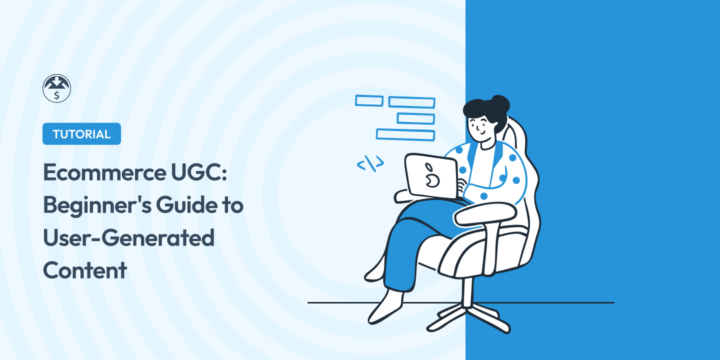
Do you want to learn how to leverage user-generated content (UGC) for your e-commerce site?
UGC has emerged as a flexible and powerful tool for businesses to enhance their online presence, build trust, and drive sales.
So if you’re looking to elevate your digital marketing strategy, harnessing the potential of UGC is an excellent place to start.
🔎 In this article, I’ll cover:
What User-Generated Content (UGC) Is
User-generated content, or UGC for short, refers to any form of content—reviews, testimonials, images, videos, and more—created by users, not brands.
It’s a valuable source of authentic content and real-life feedback, which significantly impacts customer perceptions and purchasing decisions. E-commerce UGC encompasses the contributions, opinions, and customer experiences shared by users online.
In addition to creating a sense of community, UGC helps brands build trust and credibility among their target audience, increase interactions and engagement, and boost conversions.
Why User-Generated Content Is Important
UGC isn’t merely a trend; it’s a game-changer. Implementing e-commerce UGC is important for online businesses because it can influence potential buyers. Let’s look at some of the biggest advantages of high-quality UGC and reasons to embrace it.
- Builds trust and credibility. Customer reviews and other types of UGC provide valuable social proof and insights into a product or brand, building trust and credibility with potential buyers.
- Enhances brand awareness and loyalty. UGC increases brand exposure and familiarity among potential customers. It can also help boost brand loyalty, which can lead to more word-of-mouth marketing.
- Boosts SEO and organic traffic. UGC contributes to better Search Engine Optimization (SEO). It provides fresh, relevant content for search engines to increase engagement and drive organic traffic to your site.
- Fosters community. UGC can help establish an interactive, thriving community of engaged users. In addition to amplifying your reach and visibility, UGC can spark conversations and strengthen customer relationships.
Another draw of UGC is that it provides cost-effective marketing. It’s an affordable (and in many cases, free) way to generate authentic and engaging content.
Types of UGC (With Examples)
Before incorporating e-commerce UGC into your marketing strategy, it’s important to understand the different types of user-generated content that are available.
| Type | Description |
|---|---|
| Reviews | Testimonials, feedback, ratings, & recommendations |
| Blog posts | Long-form articles created to share information or opinions |
| Social media | Status updates, images, reactions, & other short-form content |
| Videos | Often shared for entertainment or to educate/inform |
| Forums | Conversations & discussions in an online community |
Let’s take a more in-depth look at these types of UGC, including examples of each.
Reviews & Testimonials
Customer reviews and testimonials are among the most popular types of UGC for e-commerce.
Consumers share their honest opinions about products, highlighting the pros and cons.
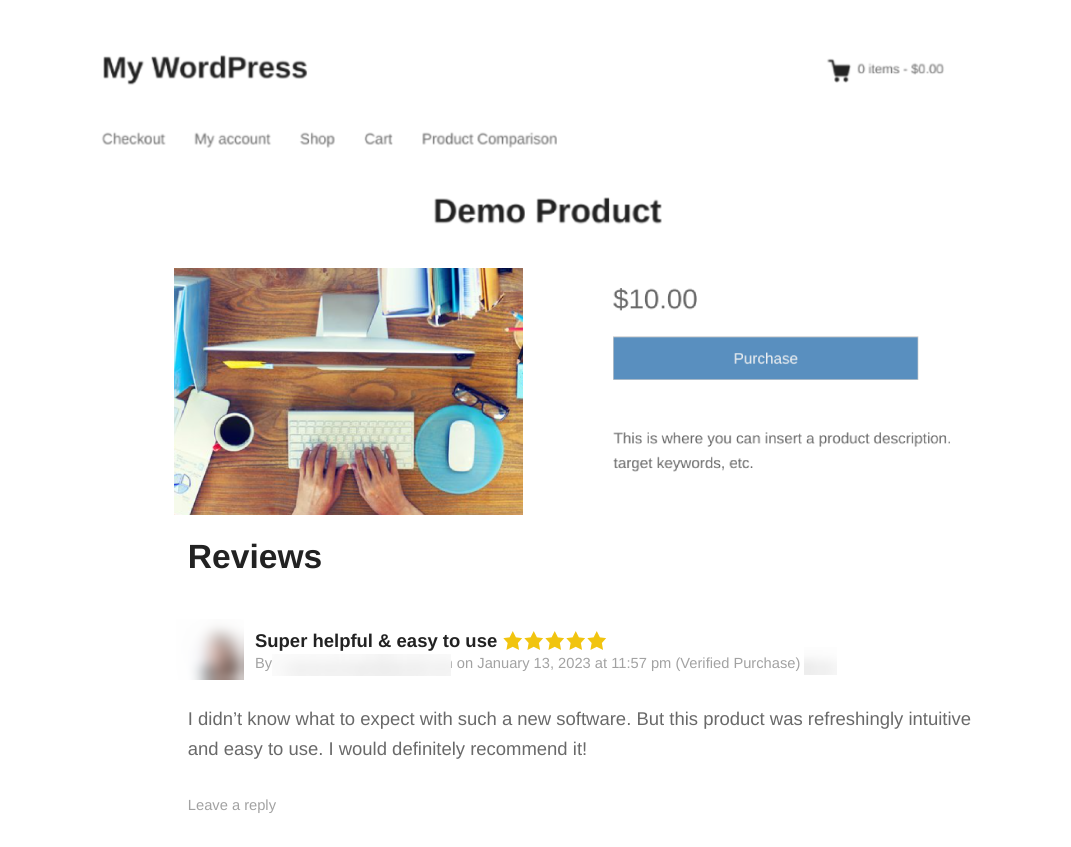
Whether shared on the e-commerce site directly, third-party review sites like Yelp or Google Reviews, social media channels, forums, etc, online reviews help provide social proof.
These firsthand accounts of customer experiences provide potential buyers with authentic and valuable insights into the quality and performance of products.
They instill trust and confidence in your brand, influencing purchasing decisions and boosting conversion rates.
Blog Posts
Customer-authored blog posts offer a unique perspective on your products, providing in-depth reviews, usage scenarios, and creative applications. These blog posts, also often used in affiliate marketing, can serve as valuable resources for potential buyers.
Blog posts are an excellent medium to give readers detailed and thorough product reviews. It’s easy to incorporate multiple forms of media (text, images, videos, etc.).
They’re also easy to share and promote. Blog posts attract organic traffic through search engines and can be posted and shared on a variety of platforms, including website and guest blogs, social media, and email newsletters.
Social Media Posts
User-generated content shared on social media platforms, such as Facebook, Twitter, and Instagram, is rapidly becoming one of the most influential forms of UGC. This social media content includes status updates, images and videos, reactions, and more.

The engaging and conversational nature of social networks makes it an ideal hub for UGC. Customers express their opinions on products and brands through written posts and branded hashtags, shared photos and videos, and reposts of other peoples’ experiences.
Done correctly, brands can harness the power of these social media posts to attract new customers, strengthen brand loyalty, and increase brand awareness and visibility. Actively using these platforms makes it easier to gather real-time customer feedback and drive meaningful interactions.
Videos & Visual Content
Video content is highly engaging and shareable, making it an effective tool for harvesting UGC. They can be effective for both entertaining and educating audiences.
When it comes to e-commerce UGC, videos play a crucial role. They’re often used by new customers for showcasing product demos, tutorials, and unboxing experiences.
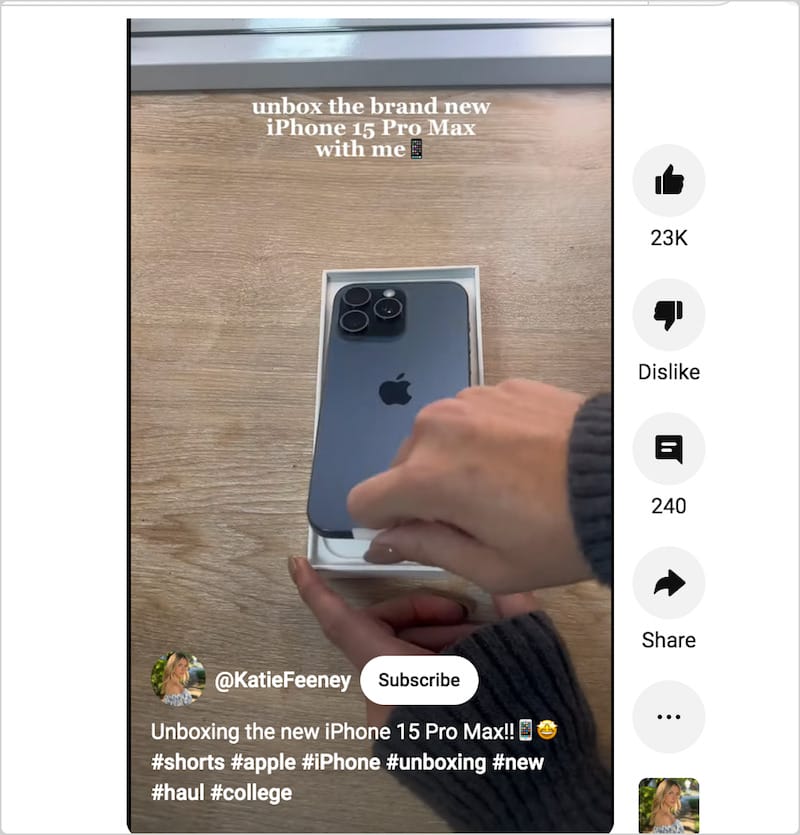
Customer-curated videos are great because they’re visually appealing and have high engagement and shareability. They’re also flexible. For instance, longer-form videos can be posted on YouTube while short-form videos excel on TikTok.
Forums
Online forums and communities such as Reddit provide a platform for customers to discuss and share their experiences with products. Sites like Quora are also a treasure trove for people to ask and answer questions quickly and concisely.
Actively participating in these communities can provide valuable insights into customer needs and preferences, while also generating UGC in the form of discussions, reviews, and recommendations.
Of course, these aren’t the only types of user-generated content available. Other UGC examples include podcasts, wikis, and creative works. However, as a beginner to UGC, it’s best to stick with the types listed above to get started.
How to Get Started With E-Commerce UGC
Ready to implement user-generated content on your e-commerce site? Below are some tips for getting started.
1. Create a User-Generated Content Strategy
As with any type of digital marketing, it’s important to start with a user-generated content strategy that suits your specific e-commerce goals. This involves choosing the right tools and platforms to focus on while also understanding the behavior of your target audience to encourage content creation.
Your strategy may vary depending on the e-commerce platform you’re using, what you’re selling, and which channels your users prefer.
Tailoring UGC strategies to fit the WordPress framework involves integrating plugins, encouraging user reviews, and optimizing content submission processes. I’ll cover all of that and more in the following sections.
2. Encourage User-Generated Content
When it comes to e-commerce UGC, one of the most important things you can do is to create opportunities for customers to generate UGC on your website.. and to make it as easy as possible to do so.
Encourage customers to leave reviews by prompting them upon purchase or sending follow-up emails.
If you sell digital products, Easy Digital Downloads’ Reviews extension is the perfect solution for this:

This add-on lets you easily collect and display reviews on product pages and send follow-up reminders to customers.
To further incentivize e-commerce UGC, implement a system that rewards customers for creating valuable and user-generated content.
EDD Social Discounts lets you automatically offer discounts to customers for UGC and other actions, like sharing posts and leaving reviews:

Use a plugin such as RafflePress to run online giveaways and social media contests to help:

Another way to encourage UGC to to create online forums on your WordPress site. This can be done with a plugin such as bbPress.
If you have a blog on your e-commerce site, consider allowing (and encouraging) customers to share their experiences through blog post submissions.
3. Promote & Share UGC
To boost visibility and encourage participation, promote and share UGC. Curate UGC and showcase it across your website, social media channels, and email campaigns.
TrustPulse is the perfect tool to display real-time customer activity on your site.
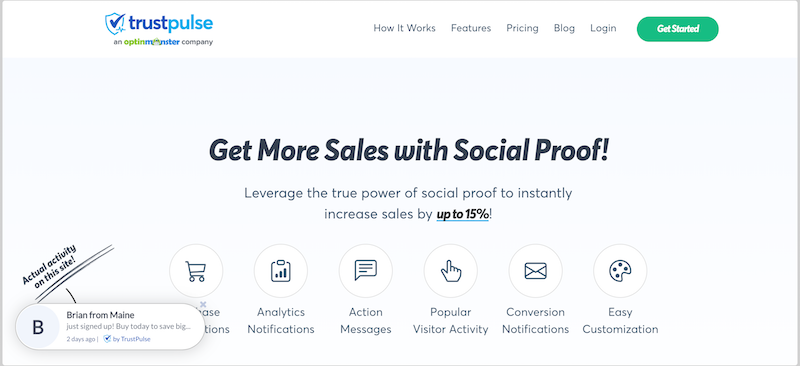
Highlight positive reviews and customer-written blog posts in prominently placed areas on your website, as well as in email marketing campaigns and newsletters.
To integrate and display social media feeds on your WordPress site, use a plugin like Smash Balloon:
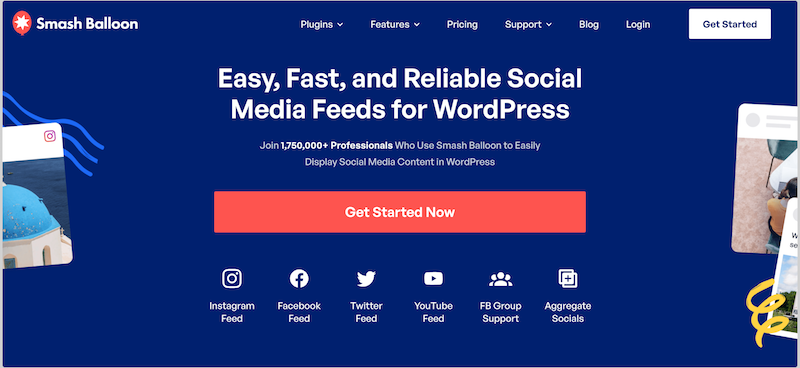
This is a great solution for aggregating and integrating your Facebook, Twitter/X, YouTube, and Instagram accounts with your WordPress site.
4. Engage With User-Generated Content Creators
One of the best ways to implement and execute e-commerce UGC effectively is to engage with content creators. Respond to reviews, both positive and negative, thank contributors, and show appreciation for their input.
Monitor online forums and communities related to your industry or products. Respond to customer questions and concerns promptly and professionally.
As you become more established, consider kicking up your content and social media marketing up a notch by collaborating with influencers and brand advocates who can help promote your products.
Connecting and collaborating with UGC creators is a great way to tap into influencer marketing and expand your reach.
5. Track & Measure UGC Campaigns
As with any type of content marketing campaign, it’s important to track the effectiveness of your UGC marketing efforts. There are a few methods you can use to measure the impact of UGC on your e-commerce business.
Use plugins like MonsterInsights and EDD Advanced Reports to track website traffic and conversion rates from UGC sources.
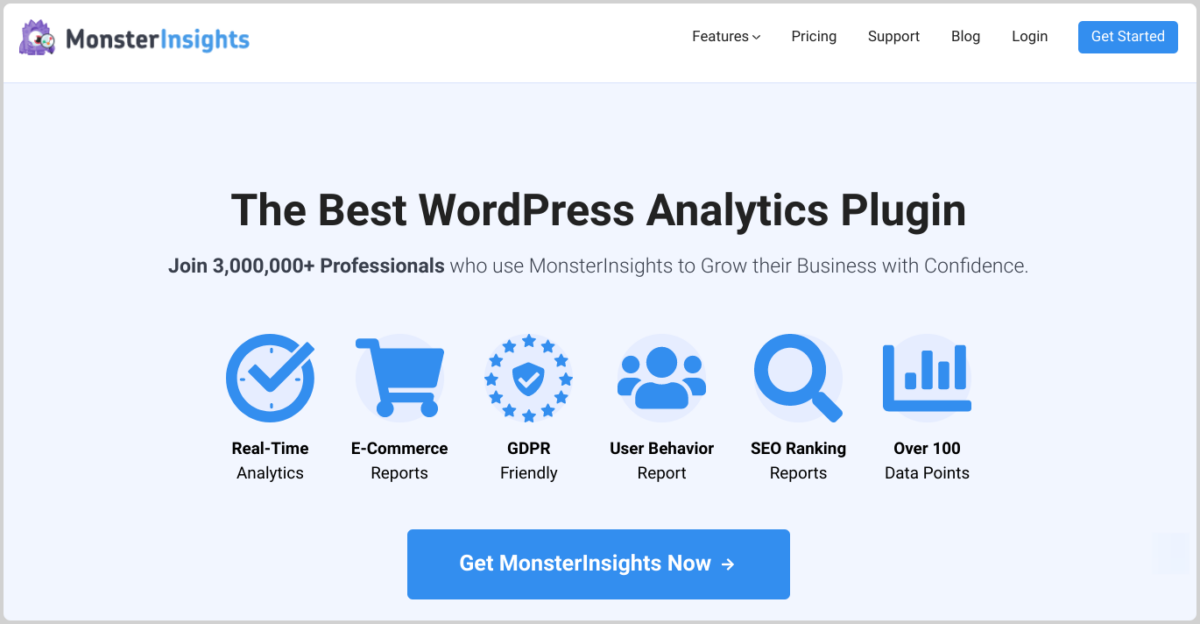
Analyze customer engagement metrics related to UGC. Additionally, monitor social media sentiment and brand mentions for opportunities to engage, address, and interact with customers.
FAQs About User-Generated Content
Let’s wrap up with some frequently asked questions about e-commerce UGC and using it to enhance your online business.
What types of UGC are most effective for e-commerce?
Reviews, testimonials, and visual content like images and videos are among the most impactful forms of e-commerce UGC.
How can businesses handle negative UGC in WordPress?
Address negative UGC transparently, respond promptly, and use it as an opportunity to showcase excellent customer service.
How can I encourage more UGC generation?
There are a few ways to encourage more user-generated content on your e-commerce site. Run social media contests and giveaways, offering extra entries for more UGC-related tasks.
Offer incentives for reviews and testimonials. Actively engage with customers on social media. Make it easy for customers to share their experiences.
Use E-Commerce UGC to Drive Sales
User-generated content is a powerful way to elevate your WordPress online store and boost sales. To get started with e-commerce UGC, make it easy for customers to leave reviews, integrate with social media channels, and offer rewards and incentives for UGC on your site.
Don’t have your e-commerce site set up yet? Get your Easy Digital Downloads pass today to start your online store and leverage tons of premium extensions:
Want to learn more ways to drive conversions? Learn how to increase e-commerce sales with social media.
📣 P.S. Be sure to subscribe to our newsletter and follow us on Facebook or Twitter for more WordPress resources!
Using WordPress and want to get Easy Digital Downloads for free?
Enter the URL to your WordPress website to install.
Disclosure: Our content is reader-supported. This means if you click on some of our links, then we may earn a commission. We only recommend products that we believe will add value to our readers.